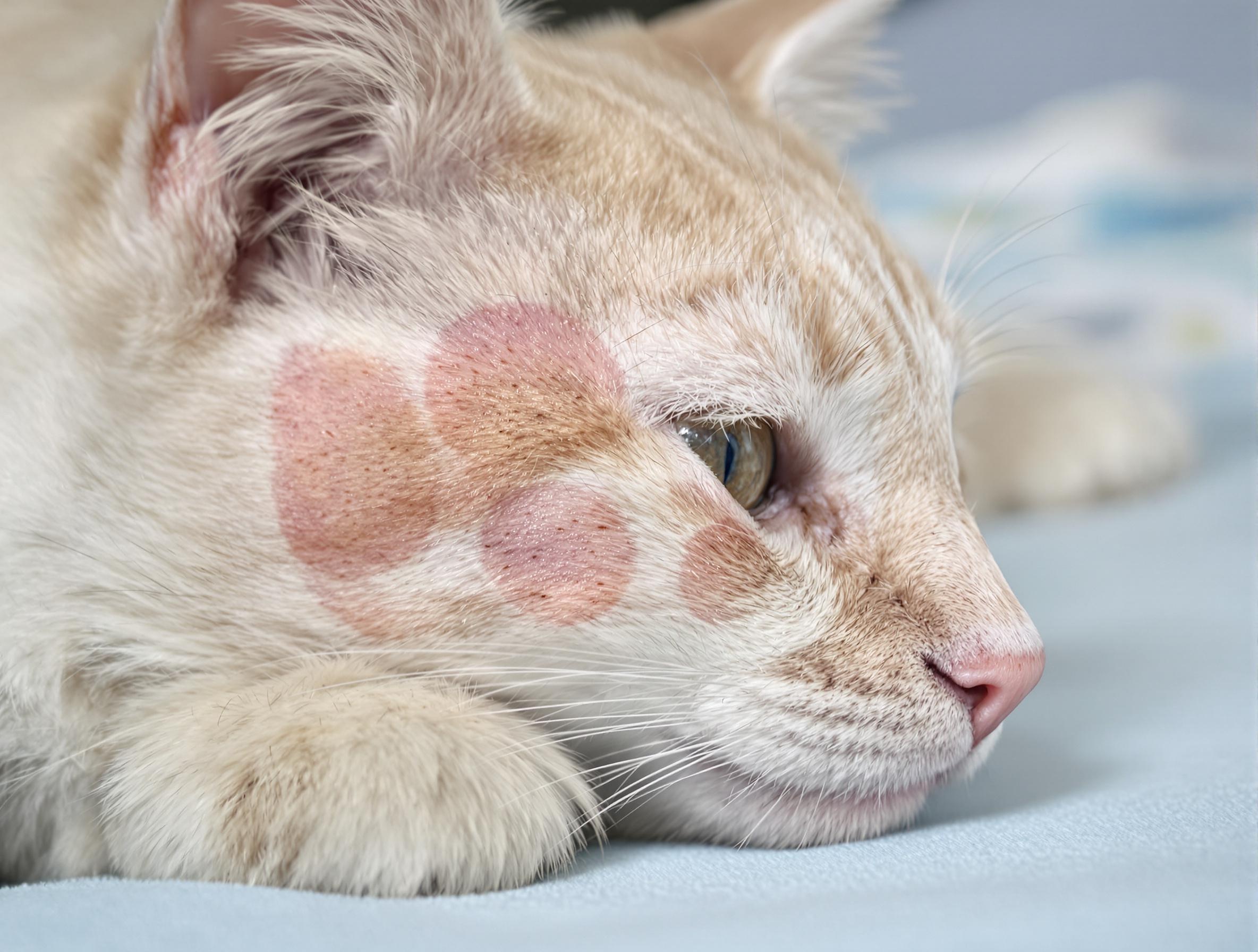
Key Takeaways
- Cats jump on counters for security, curiosity, and food, but providing better climbing alternatives can redirect this behavior.
- Making counters less appealing with deterrents like double-sided tape and rewarding positive behavior encourages long-term habit change.
- Consistency and patience are key—reinforcing boundaries while offering engaging alternatives helps keep your cat happy and your kitchen cat-free.
Cats are naturally drawn to high places, which is why so many end up on kitchen counters. From their perspective, it’s the perfect vantage point to observe their surroundings or sneak a closer look at whatever smells delicious. But for pet owners, counter-surfing can be a frustrating and sometimes dangerous habit, leading to hygiene concerns and potential accidents.
Fortunately, keeping your cat off the counters doesn’t mean constant scolding or stress. By understanding their instincts and providing better alternatives, you can create an environment that satisfies their curiosity while keeping your kitchen space safe. At PetHealthMD, we’re here to share practical strategies that help reinforce positive behaviors—so you and your cat can coexist peacefully.
Why Do Cats Target Kitchen Counters?
In the wild, climbing helps cats escape threats and monitor their environment—so it’s no surprise that your countertop might feel like the best seat in the house. Whether they’re watching their surroundings, scouting for food, or just trying to stay close to you, elevated surfaces give them a sense of security and control.
But it’s not just about the view. Kitchens are full of sights, sounds, and smells that are irresistible to a cat. The running tap, the chopping of vegetables, and the scent of fresh food make it one of the most exciting places in the home. If they’ve ever found a stray crumb or an interesting smell on the counter, they’ll remember it, making them more likely to return.
Sometimes, a cat’s reason for counter-hopping is simple—they want to be where you are. If they associate kitchen time with your presence, they may see jumping up as a way to stay engaged. Unfortunately, this habit can lead to potential risks, from stepping on hot surfaces to getting into food that isn’t safe for them. To keep your cat off the counter, it helps to offer safe alternatives that satisfy their climbing instinct while keeping them included in the action.

Training Your Cat to Stay Off Kitchen Counters
Training your cat to stay off kitchen counters takes time, but with patience and consistency, you can teach them better habits. The key is to provide better alternatives while making counters less tempting.
Provide Better Climbing Options
Cats naturally seek high places to perch, observe, and feel safe. Instead of trying to suppress this instinct, give them appealing alternatives near the kitchen. A cat tree, window perch, or sturdy shelving can provide the elevation they crave. You can find a variety of cat trees and perches that meet your feline’s need for height.
To encourage use, place a soft blanket or a few treats in these spots. If your cat likes to jump on the counter while you’re cooking, consider setting up a comfortable space where they can still watch but remain out of the way.
Remove the Appeal of Counters
If your cat finds something interesting on the counter, they’ll keep coming back. Start by making sure there’s nothing enticing left out—store food immediately, clean up crumbs, and avoid leaving dishes in the sink with food residue.
Cats also dislike certain textures, so placing harmless deterrents like double-sided tape or aluminum foil along counter edges can discourage jumping. You can also explore cat behavior and training aids designed to make this process easier.
Reward Good Behavior
Positive reinforcement is one of the best ways to teach a cat new habits. Each time your cat chooses their cat tree or another approved space instead of the counter, reward them with praise, a treat, or playtime. Over time, they’ll associate their designated climbing spots with positive experiences and naturally prefer them over the counter.
Redirect Without Scolding
If you catch your cat on the counter, avoid clapping, shouting, or using a spray bottle—these tactics may cause stress or confusion. Instead, calmly pick them up and place them in an approved area. Distract them with a treat or toy so they stay there. The goal is to teach them that their climbing spot is more rewarding than the counter, not to make them afraid.
Be Consistent With Training
Training takes time, and consistency is key. Everyone in your home should follow the same approach to avoid confusing the cat. If one person allows counter-jumping while another discourages it, the mixed signals will make it harder to reinforce good habits. Stick to the plan, and with repetition, your cat will learn that the counter is off-limits.
By following these steps, you’ll create an environment where your cat naturally chooses better climbing spots, keeping your counters clean and your cat happy.
Your Questions Answered: Tackling Counter-Surfing
What’s the Best Response When My Cat Explores Kitchen Surfaces?
Gently guide them away instead of scolding them. A calm “down” paired with an enticing reward, like a favorite treat on the floor, encourages them to choose ground-level activities over counter-surfing.
How Long Might It Take to Establish New Habits?
Most cats adjust in two to three weeks with consistent redirection and rewards. Every cat learns at their own pace, so celebrate small wins—like them choosing a cat tree over the counter—to reinforce the habit.
What Approach Works Best in Multi-Cat Households?
Provide plenty of cat trees, perches, or catios throughout your home so each cat has their own space to climb. Reinforce household rules consistently, making sure all cats get positive attention when they use their designated areas.
How Can I Make Good Behavior Stick With Positive Reinforcement?
Make training fun with a mix of treats and interactive play. Using high-value rewards—like freeze-dried salmon—only during training makes staying off counters more appealing to your cat. Explore cat treats that can help with training and bonding.
Setting Boundaries While Keeping Your Cat Happy
Cats thrive in homes that balance structure with their natural instincts. Instead of battling counter-surfing habits, the key is to redirect their climbing urges in a way that works for both of you. When given the right alternatives and consistent training, most cats quickly learn to respect kitchen boundaries.
At PetHealthMD, we offer helpful insights on feline behavior, training techniques, and home adjustments that support your cat’s needs. With some simple and fun changes, you can create a living space where your cat feels secure, entertained, and happily off the countertops.
For more feline care tips and trusted supplies, visit our Cat Supplies page on 1800PetMeds.





